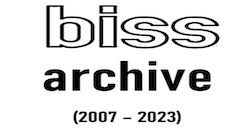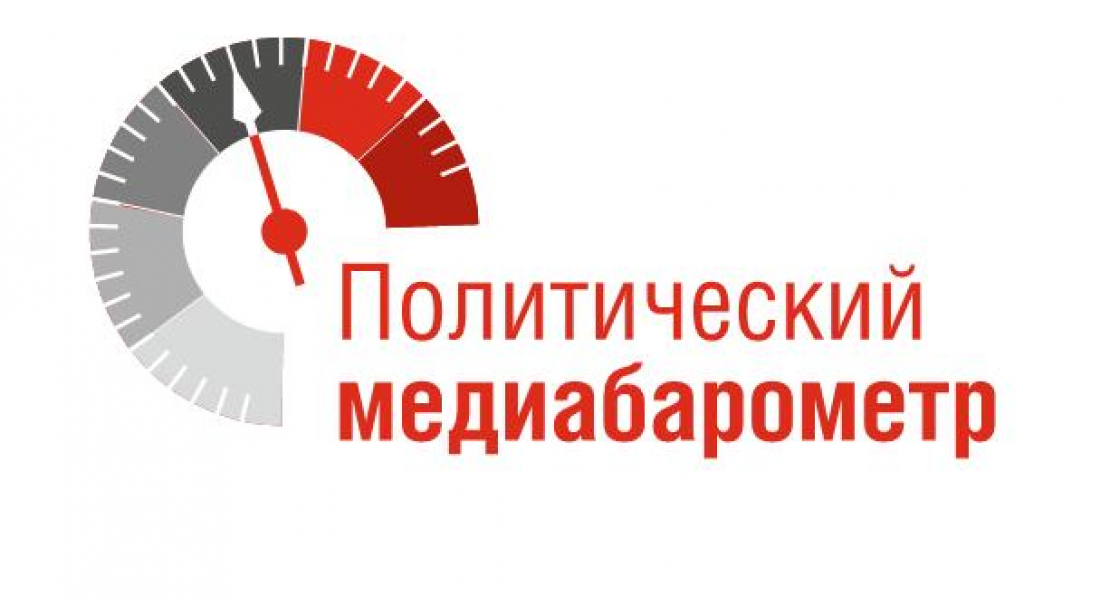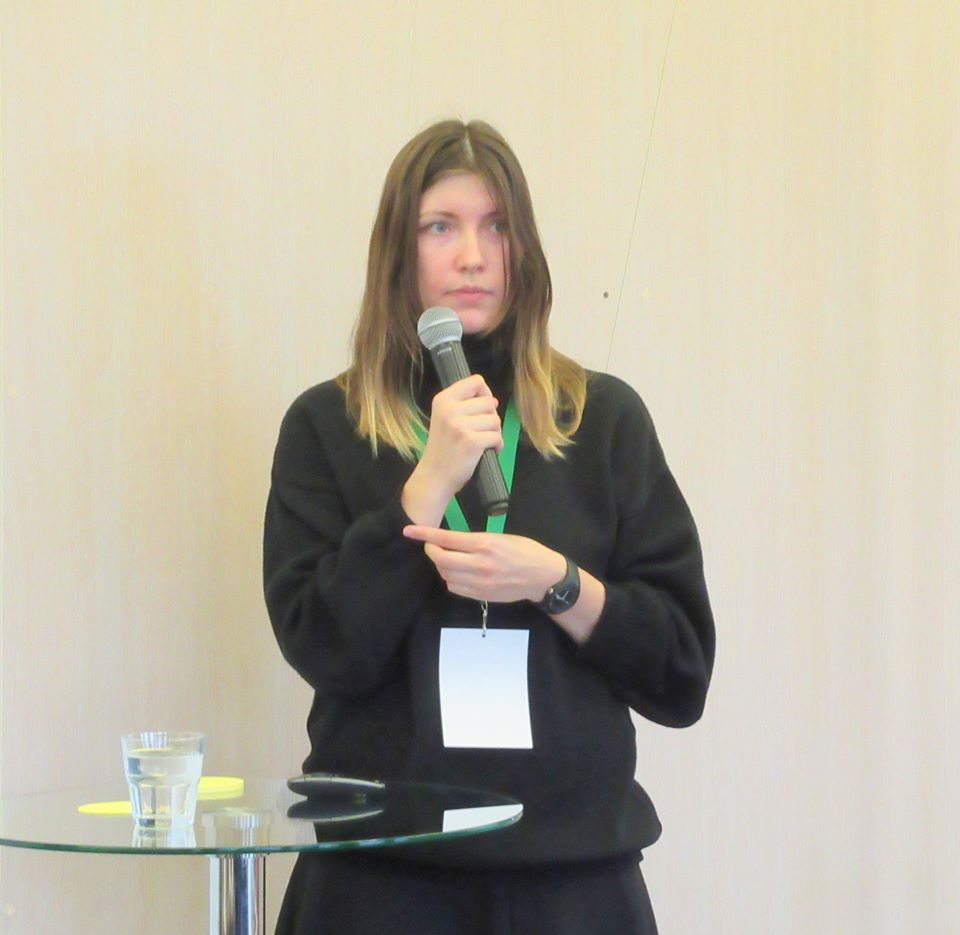The Belarusian Institute for Strategic Studies (BISS) presents its seventh issue of the quarterly report “BISS Political Media Barometer” (October–December 2013). The report summarizes the results of the year 2013 and includes information on the communications of political forces and their media coverage. The report presents both annual trends and patterns characteristic of the fourth quarter of 2013.
Drawing on an analysis of political communications throughout the year, the report formulates a series of conclusions about the way the framework of independent communications evolved as a whole, which communication strategies proved more successful, and which appeared to be ineffective. The report also draws a conclusion that the preparation for the local elections did not affect the communications of independent political forces.
Below are the main patterns of the political communications framework in 2013.
The political communications framework was quite intense in 2013 — there were no quarters with the number of references to politicians and political forces fewer than 3,000. In January–March, it amounted to 3,900, in April–June, it reached 3,084, in July–September, it was as high as 3,217, and in October–December, the number of references increased to 5,988. However, judging by the theme of the messages, the intensity of the coverage of the political framework in the media depended primarily on the waves of repression and release of political prisoners, rather than the phase of the political–business cycle in Belarus.
Throughout the year, Uladzimir Niakliajeŭ and Anatol Liabiedzka struggled for the leadership by the quantitative index of media coverage, whereas Paval Sieviaryniets took the lead only as late as the fourth quarter.
The “Tell the Truth!” civic campaign traditionally topped the rankings of political forces earlier last year; however, later it ceded its leadership to the BPF Party, which was growing stronger throughout the year. In the fourth quarter of 2013, the Belarusian Christian Democracy and the United Civic Party both overtook “Tell the Truth!”
The share of political forces’ own communications must have reached its peak and inevitably goes down as the number of references in the media grows. The increase in references should be attributed primarily to online media, which are not confined by any limitations (frequency, number of pages) that apply to print media. Therefore, the share of print media increased to 10% in the second and third quarters, as the overall volume of communications fell, whereas in the fourth quarter, their proportion went down again.
Throughout the year, the themes of messages became better balanced — in the first quarter, more than 75% of all reports focused on society as a whole, while in the second, third and fourth quarters, the leading themes accounted for not more than 50% of all messages. The themes associated with society prevailed in 2013, except for the second quarter, when international relations were in the lead.
The structure of communications by the level of covered events remained overall stable. About half of all messages focus on national events, whereas the remaining half is represented in more or less equal proportions by reports covering regional, personal and international events.
The proportion of the coverage of offline activities gradually increased starting from the beginning of the year (in January, it amounted to mere 16%), to reach more than 50% in June and settling between 40% and 50% at the end of the year.
The share of reactive communications gradually decreased — after growing from more than 60% in the first quarter to 85% in the second quarter, it started shrinking in the third quarter, to reach 41% at the end of the year.
The portrait of the representative of political forces remains consistent. The level of affiliation of politicians with political parties marginally decreases (from 72%–73% in the first half of the year to 62%–63% in the second half of the year, which is attributed to the substantial number of reports associated personally with politicians, especially the release of Zmicier Daškievič and Paval Sieviaryniets), whereas the role, in which the politician is referred to in the message remains unchanged. Approximately in one-third of all messages, politicians make general statements, and in another third of reports, they are referred to as participants of events.
The share of females in the total number of politicians ranges from 7% to 16% throughout the year. Representatives of political forces grow increasingly diverse. In the first quarter, the share of references to leaders reached 48%, which compares to 59% in the second quarter and 34% in the fourth quarter.
Read the English text of the BISS Political Media Barometer and its description of methodology in PDF



